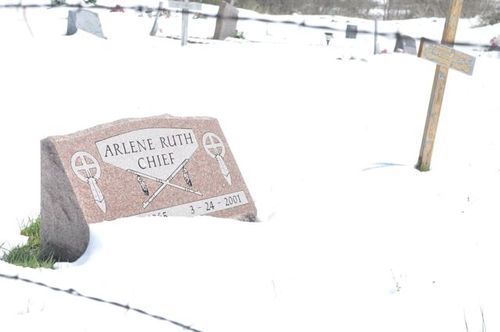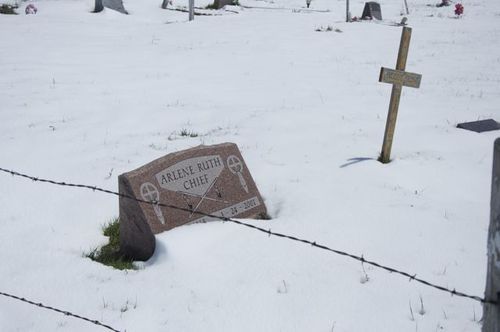Photographic Memory – NOT!
Reading Josh Kaufman’s The First 20 Hours, I discovered why learning to use my Nikon D-90 was so frustrating. My first problem was that I would take the camera out only when I went on mission trips or on personal travel, which meant that sometimes it would sit idol for upwards of six months or more. During those six months I would pretty much forget all that I had learned during my week of picture taking and instructions. It would be like relearning a golf swing after not playing golf for a year…it was aggravating, as I knew that I could do special things with the camera but I couldn’t remember where to find them in the camera’s programs or how I did it last time (which Kaufman terms “reinforcement for memorization”[i]). The second problem was the lack of “fast feedback loops.”[ii] On my travels, I would have only the tiny screen on the back of my camera to gage any progress of my skills or determine subtle changes in lighting and contrast when using different ISO settings. This was made worse by the fact that I have poor eyesight and am developing cataracts that make viewing anything small difficult. I had to wait till I arrived home and settled in before I could download my pictures and view them on a large computer screen – often times being blown away by the beauty of some of my pictures. The issue is that whatever I did right to produce such a beautiful picture was long forgotten. With this system, I experienced a zero learning curve and found every new trip a great frustration as I had to relearn how to use this silly camera.
Over the last week, I took up Kaufman’s challenge. For preparation, I was ahead of the game. I had the equipment (camera, lenses, computer). I already had two books on using the Nikon D-90. I was familiar with several websites that gave instruction on the Nikon D-90. I also had several friends who I could turn to for help and advise (one of the reasons I bought this particular camera was the fact that two of my colleagues that I work with in Romania had this same camera). Further, I was traveling up to South Dakota (last week-end) for three days, allowing me a new setting to take pictures, but close enough to home to get the pictures on my computer quickly and be able to both see what I did on the large screen while remembering what I had done to get the shots. Here are several of the important key steps I put into practice from Kaufman:
- Practice! It was important for me to learn value practice over learning. In photography, it really is all about doing, experimenting, trying…yes, practice! I was determine to pick up clues, get advise, learn a little but then take lots of pictures while experimenting with what I was learning. So, over the last week I’ve taken several hundred pictures in a lot of different situations.
- I was going to focus on one skill– “settings”— and I broke these down into two subsets – shutter speed and aperture settings— to learn how to work with the shutter and aperture adjustments on the camera and understand the difference these make. One of the worst settings on these big, expensive cameras is the automatic setting – the camera will do all the work for you (which turns them into a $50 instamatic). If you set the camera on “A” (aperture) or “S” (shutter) you have control on the width of the lens opening and the speed of the shutter, allowing you to determine the amount of light and different effects of your photo. Because of my earlier issues in learning the camera, using proper settings was important knowledge and skill set that I never got a chance to really learn. So, for the last week, I have been playing and practicing with different settings, while getting that important feed back by quickly uploading the photos onto my computer. Now, I am beginning to get a handle on what aperture settings are needed for what kind of light, and when to use a faster or slower f-stop (“S”) – which makes all the difference in taking pictures in snowy and sunny settings (see attached photos) so your pictures don’t wash out, or in dimly lit rooms.


- Creating a method to experimentation with the settings was important, so that way I could review the pictures later on my computer and know what exactly what I steps I had take at the time the pictures were taken. This Kaufman calls “scaffolds and checklist.”[iii] Starting from the same setting and working through a series of steps each time, I then could look at a series of pictures and know what was going on at the time I took the picture, allowing me to see what settings created the best results. That repetition of the same process also reinforced for me important ideas that I had such a hard time learning and remembering before.
- Finally, just taking time to practice was important to actually learn my way forward with this camera. Removing even the distractions of the 200 other possible tricks and skills I could have learned on this camera, to focus on one or two specific aspects of this camera—allowed me to learn more in 10 hours than I have learned in five years of working this camera with lots of distractions (travel and work) and delayed feed-back.
It has become abundantly clear after this shorter experiment, that I could take a small part of this highly complicated camera and spend 20 hours over two weeks to further my ability and add to my photographic repertoire. Even once every two months, I could be learning amazing techniques that could increase my photographic abilities to much greater limits (not perfection, but at least widen my options tremendously). I am sold on The First 20 Hours.
John Woodward
Leave a Reply
You must be logged in to post a comment.